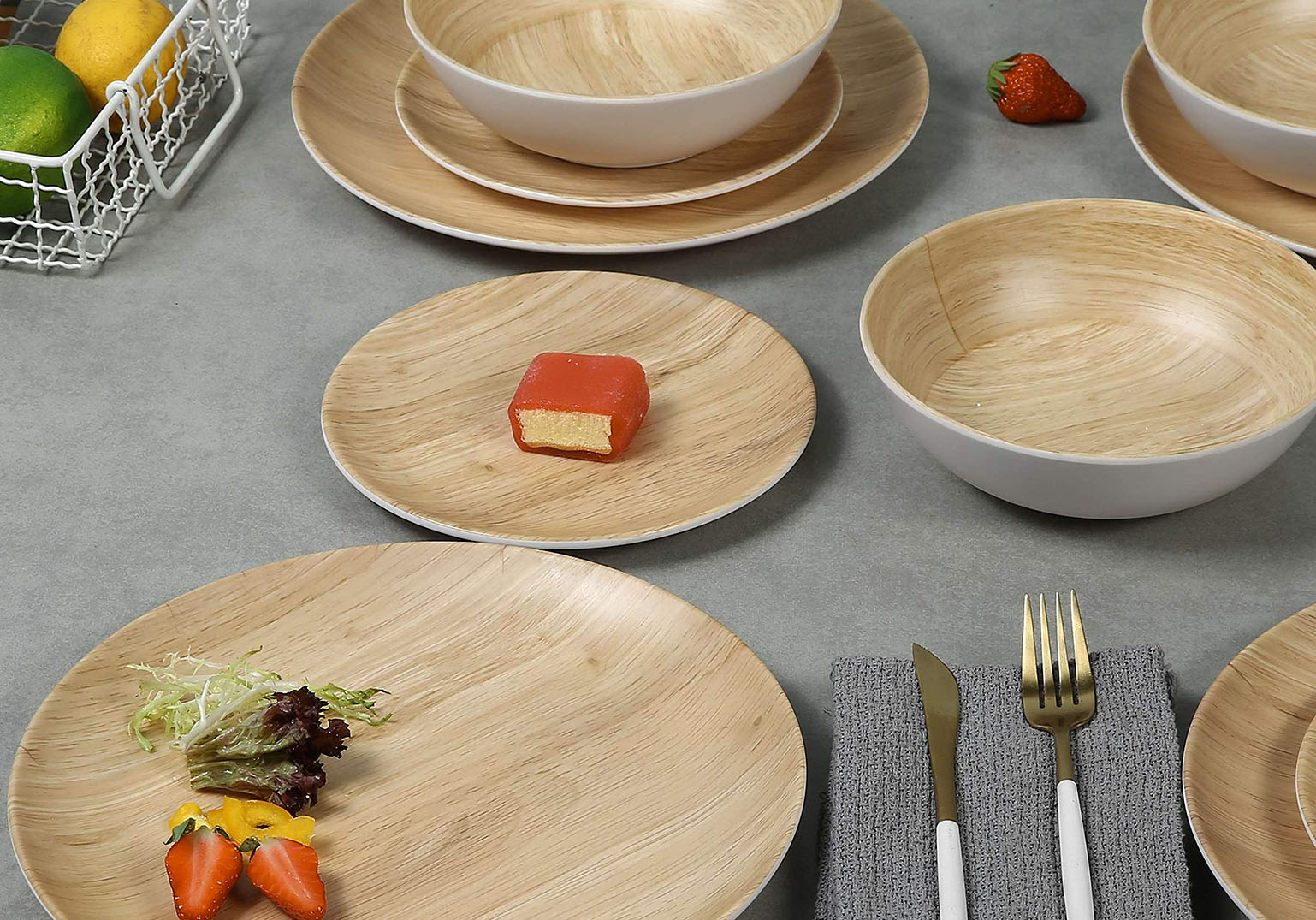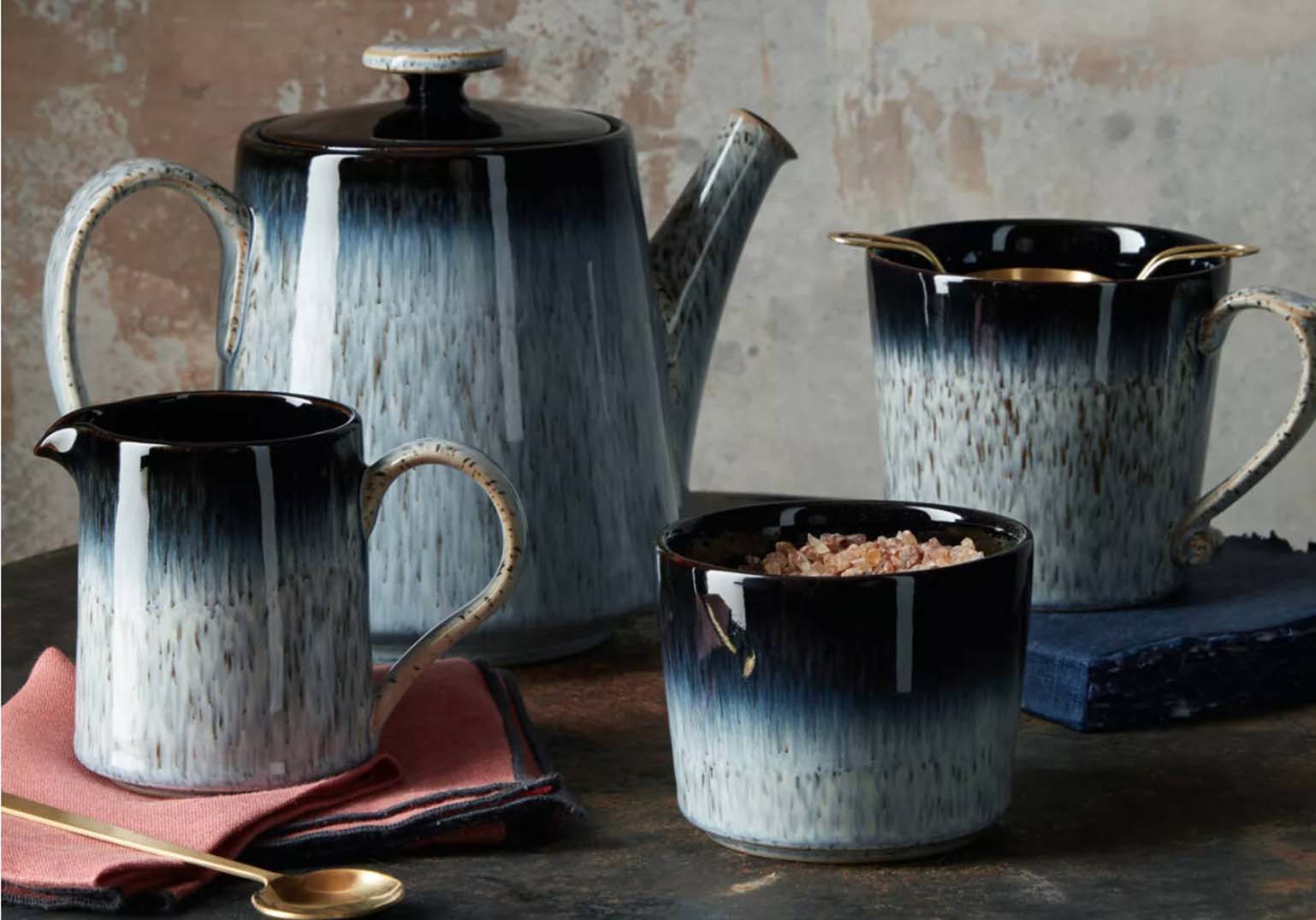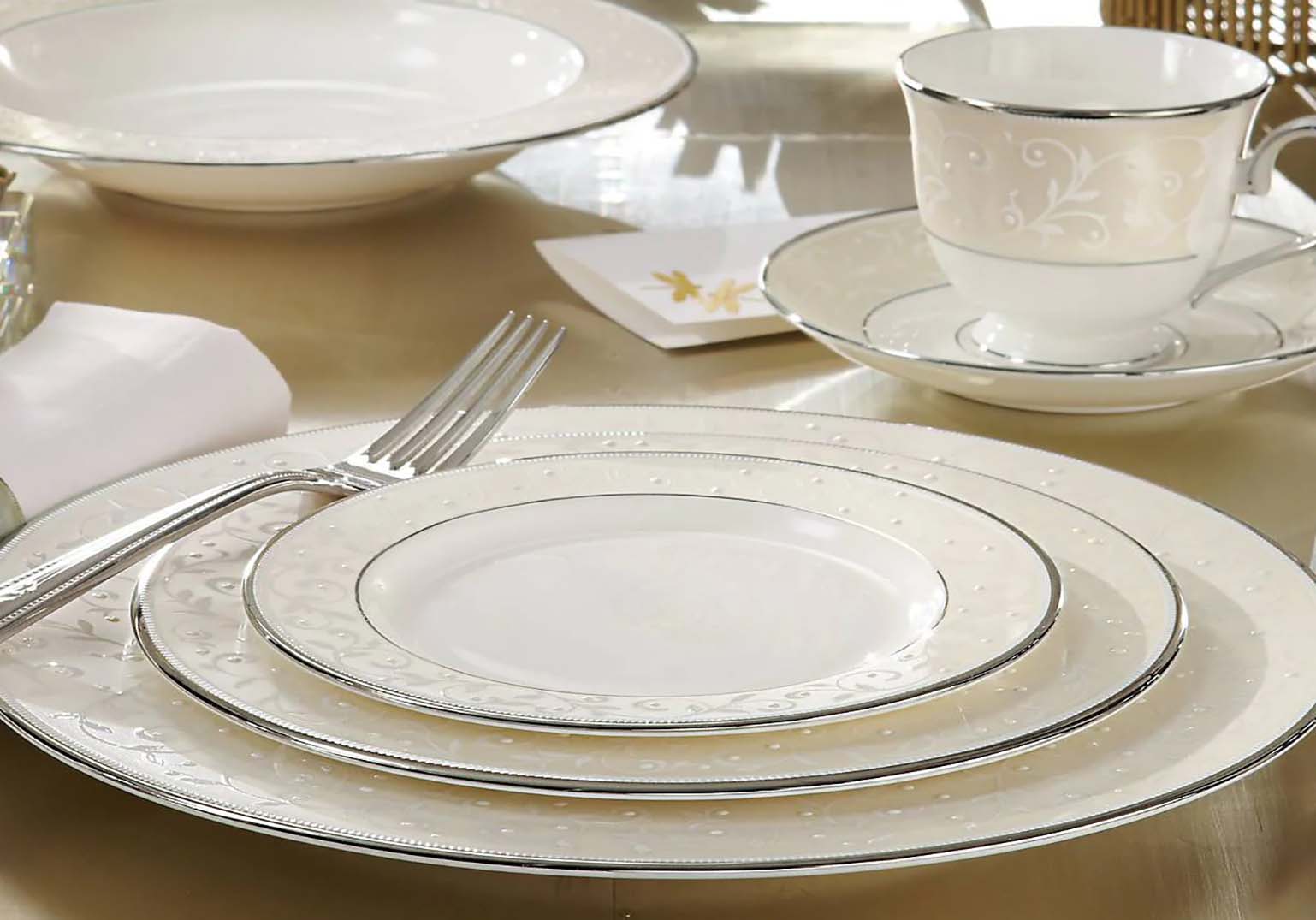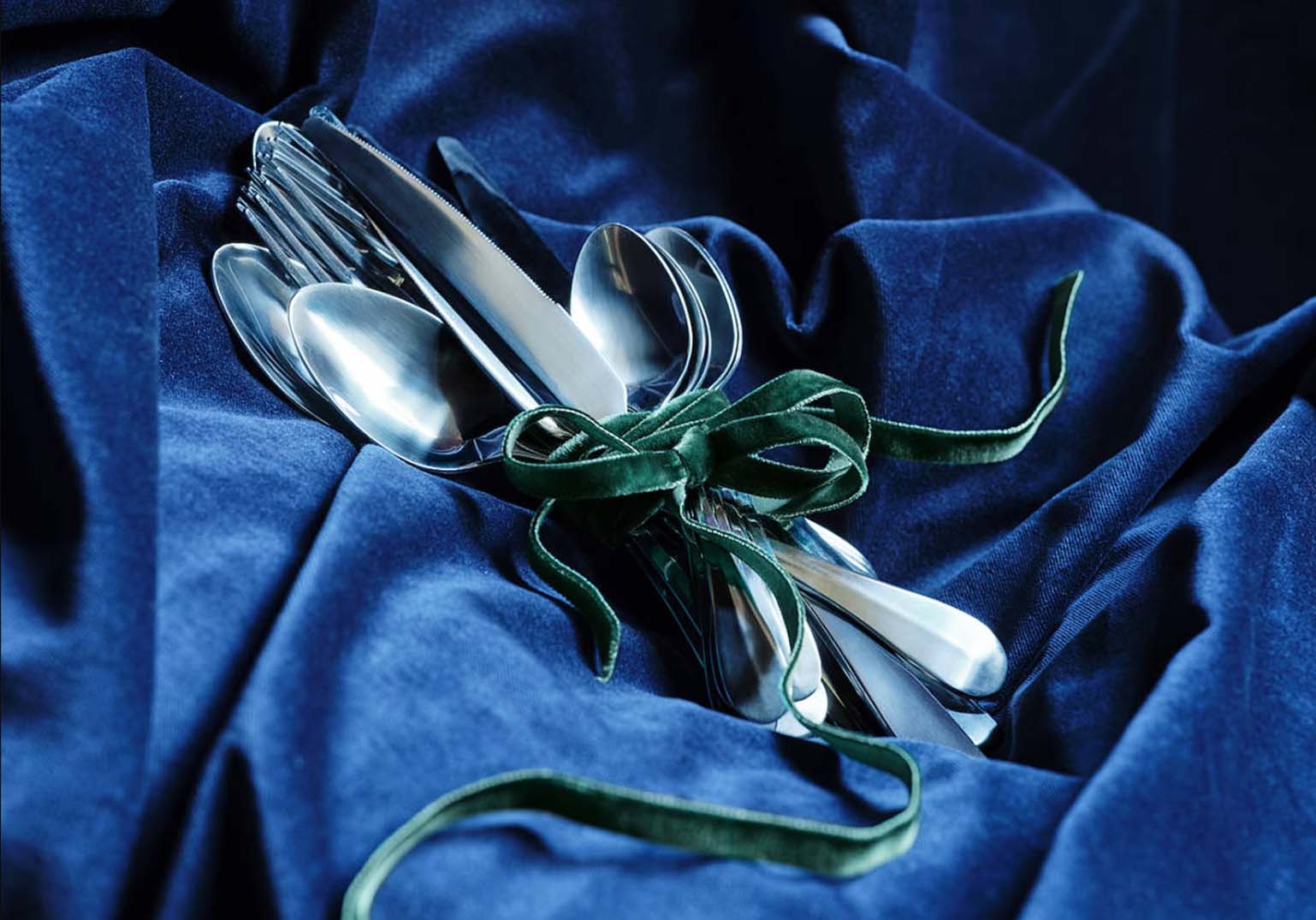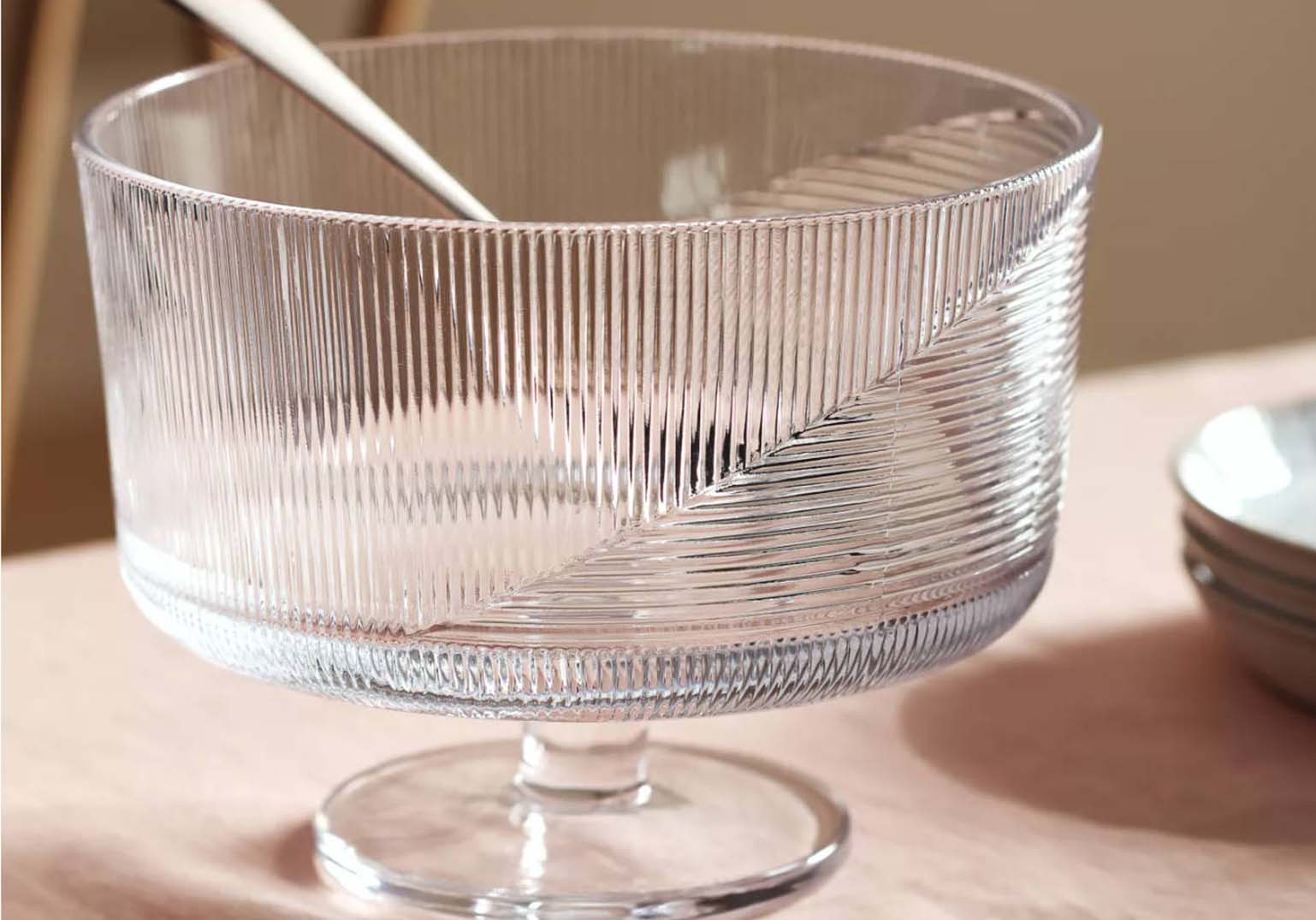Choosing the right tableware for family use, especially for households with children, involves finding options that are durable, safe, and aesthetically pleasing. Bamboo, melamine, and plastic tableware have become popular choices due to their non-breakable nature and versatility.
Why Choose Non-Breakable Tableware?
Non-breakable tableware is ideal for families with young children, outdoor dining, and everyday use. Here are some of the key advantages:
- Safety: Unlike glass or ceramic, non-breakable materials are much safer around children, as they won’t shatter if dropped.
- Durability: These materials are designed to withstand frequent use and handling without showing signs of wear or damage.
- Portability: Non-breakable tableware is lighter and easier to transport, making it perfect for picnics, camping trips, or meals on the go.
- Variety: Bamboo, melamine, and plastic tableware come in a wide range of colors, patterns, and designs, allowing families to find options that suit their preferences and home decor.
1. Bamboo Tableware
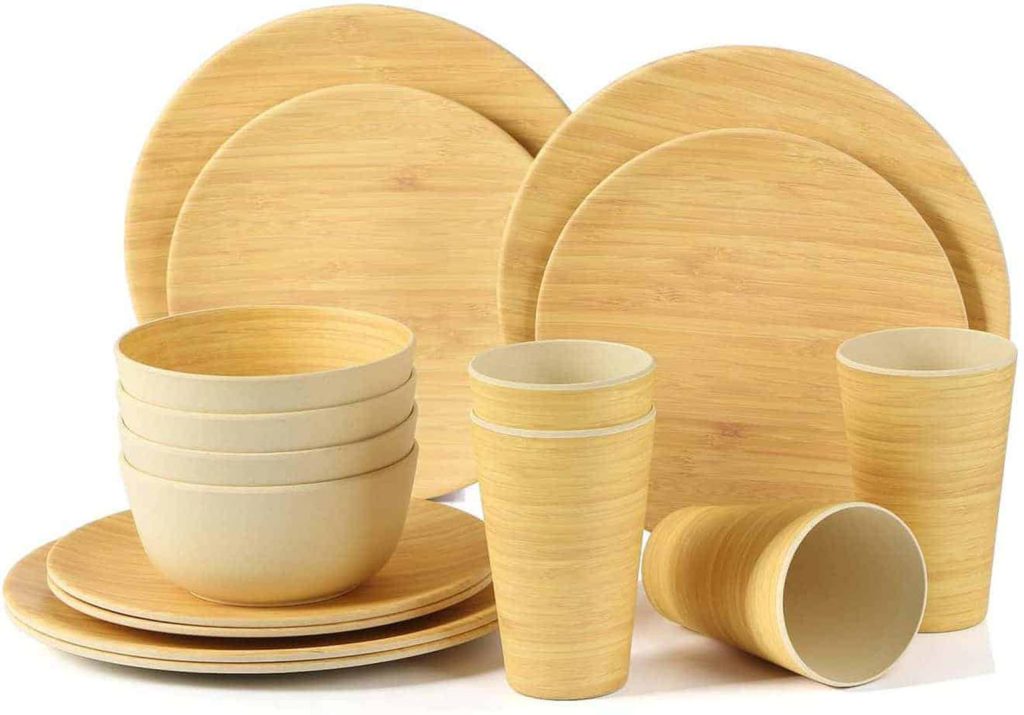
Benefits of Bamboo Tableware
Bamboo is a renewable resource, making it an eco-friendly option for families who want to reduce their environmental footprint. Some of the key benefits of bamboo tableware include:
- Sustainable and Biodegradable: Bamboo grows quickly and doesn’t require replanting, making it an eco-friendly material. When disposed of, bamboo tableware decomposes naturally.
- Lightweight and Durable: Bamboo tableware is lightweight yet strong, making it a practical choice for families. It’s less likely to crack or chip than ceramic or glass options.
- Non-Toxic: Bamboo tableware is typically free from harmful chemicals such as BPA and phthalates, making it a safe choice for children.
Drawbacks of Bamboo Tableware
While bamboo is generally an excellent choice, there are a few considerations:
- Not Microwave-Safe: Many bamboo tableware items are not microwave-safe, as the material can warp or crack under high heat. Families who rely on the microwave for quick meals may find this inconvenient.
- Hand Wash Only: Bamboo tableware often needs to be washed by hand to maintain its integrity, as prolonged exposure to high temperatures in the dishwasher can damage it.
- Limited Longevity: While durable, bamboo is more susceptible to wear and tear over time compared to other materials like melamine. It’s best suited for households that are willing to replace pieces periodically.
Types of Bamboo Tableware
- Bamboo Fiber Plates: These plates are made by blending bamboo fibers with a binding agent to create a sturdy and durable product. They’re available in a variety of colors and patterns.
- Solid Bamboo Bowls: Crafted from single pieces of bamboo, these bowls are ideal for salads and snacks. They add a natural look to the table but are not suitable for hot soups or liquids.
- Bamboo Utensils: Bamboo spoons, forks, and knives are an excellent addition to a family’s tableware set, especially for picnics or lunchboxes.
2. Melamine Tableware
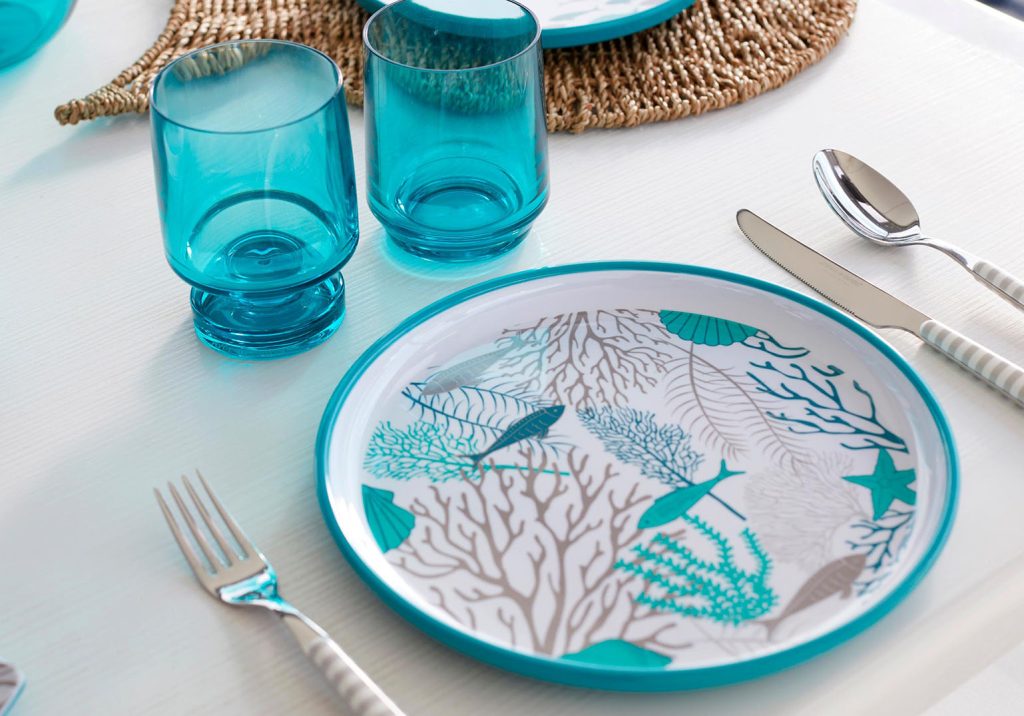
Benefits of Melamine Tableware
Melamine is a popular choice for family tableware due to its versatility, affordability, and variety of designs. Some advantages include:
- Highly Durable: Melamine is resistant to breakage and chipping, making it one of the most durable options available. It’s ideal for children or outdoor dining.
- Dishwasher Safe: Most melamine tableware is dishwasher-safe, which makes cleanup easy for busy families.
- Variety of Designs: Melamine can be molded into various shapes and printed with a wide array of designs, from solid colors to intricate patterns. This allows families to customize their tableware to suit their aesthetic preferences.
Drawbacks of Melamine Tableware
Despite its advantages, melamine has some limitations:
- Not Microwave-Safe: Melamine tableware is not suitable for microwave use, as it can melt or release chemicals when exposed to high heat.
- Chemical Concerns: While generally safe, some concerns have been raised about melamine leaching chemicals when in contact with extremely hot foods. Choosing high-quality, BPA-free melamine can reduce this risk.
- Weight: Melamine is slightly heavier than plastic or bamboo, which may not be ideal for very young children to handle independently.
Types of Melamine Tableware
- Melamine Dinner Plates: These plates are highly durable and available in sets, making them a convenient option for family meals.
- Melamine Serving Bowls: Ideal for salads, chips, or side dishes, melamine bowls are sturdy and can handle larger portions.
- Melamine Cups and Mugs: These are great for cold drinks and can come in kid-friendly sizes as well as larger ones for adults.
3. Plastic Tableware
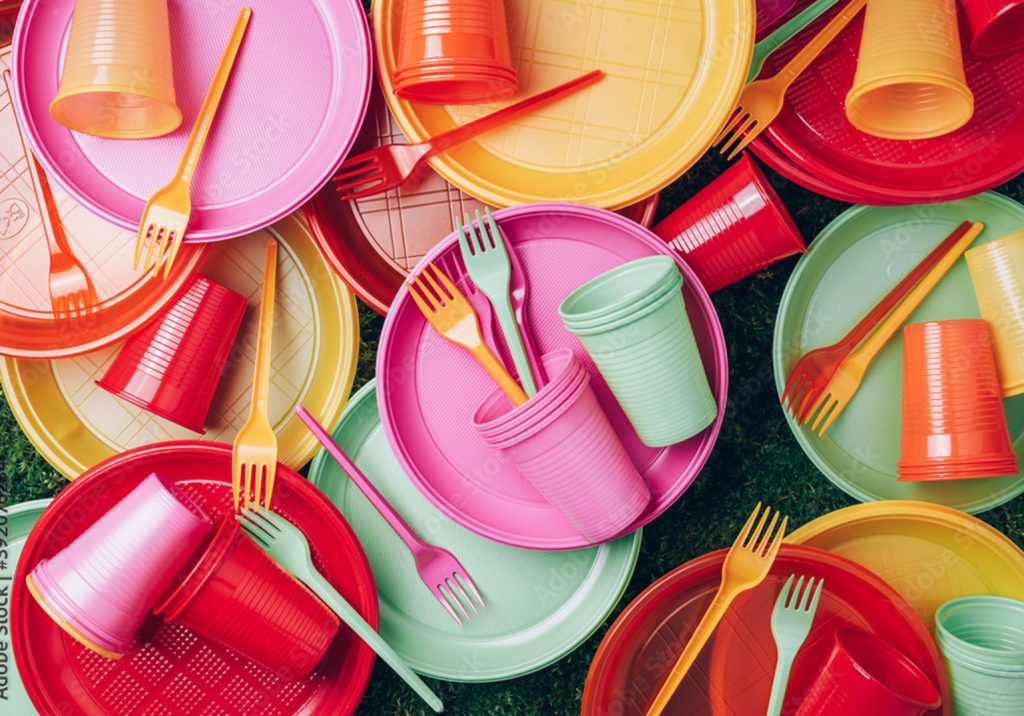
Benefits of Plastic Tableware
Plastic remains one of the most versatile materials for family tableware due to its affordability and range of options. Some benefits include:
- Extremely Lightweight: Plastic tableware is easy for children to handle and is convenient for families on the go.
- Microwave and Dishwasher Safe Options: Unlike bamboo and melamine, certain types of plastic tableware are microwave-safe, which adds versatility.
- Budget-Friendly: Plastic tableware is usually the most affordable option, making it an accessible choice for large families or those on a budget.
Drawbacks of Plastic Tableware
Plastic can be a convenient choice, but it has several considerations:
- Environmental Concerns: Most plastic tableware is not biodegradable and can contribute to environmental waste. Opting for recyclable or reusable plastic can help reduce this impact.
- Chemical Concerns: Some plastics may contain harmful chemicals like BPA. Families should look for BPA-free, food-grade plastic to ensure safety.
- Scratches and Staining: Plastic can be prone to scratches and may stain over time, especially when used with certain foods like tomato sauce.
Types of Plastic Tableware
- Polypropylene Plates: These plates are durable, reusable, and often BPA-free, making them a safer choice for families.
- Tritan Cups: Tritan is a type of plastic known for its glass-like clarity and durability. It’s shatter-resistant and ideal for both indoor and outdoor use.
- Reusable Plastic Cutlery: Reusable cutlery made from plastic is lightweight and kid-friendly, often coming in fun colors.
Choosing the Right Non-Breakable Tableware for Your Family
When selecting non-breakable tableware, consider the following factors:
- Safety: Always look for tableware labeled as BPA-free, food-safe, and non-toxic. This is especially important when choosing products for young children.
- Purpose: Think about how you plan to use the tableware. Bamboo is great for eco-conscious families, melamine works well for durable everyday use, and plastic is best for lightweight convenience.
- Maintenance: Choose tableware that aligns with your preferred maintenance routine. For example, dishwasher-safe options are better for families who prioritize easy cleanup.
- Aesthetic: From classic white to vibrant prints, consider tableware that suits your style and complements your home’s decor.
Bamboo, melamine, and plastic tableware each offer unique benefits, making them excellent choices for families seeking non-breakable alternatives. By considering factors such as durability, maintenance, environmental impact, and safety, you can select the right material for your family’s needs. Non-breakable tableware provides a safe, stylish, and practical solution for mealtime, helping families enjoy every meal together, whether at home or on the go.
